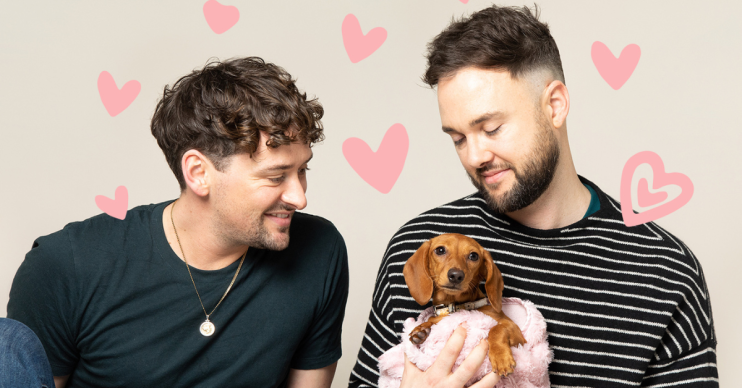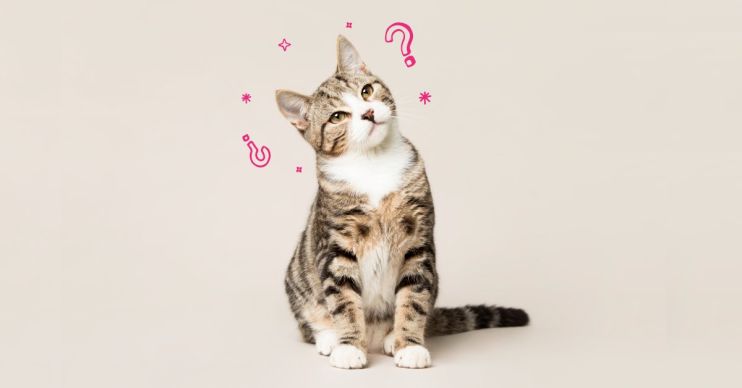Tips for house-training your puppy


House-training seems obvious to us, but for your puppy it is quite a task! It’s not just getting the physical bit right, first they have to understand what it is you’re actually asking for! Dog scientist Joke Monteny knows better than anyone how we can help our pups with house-training. Curious about her tips? Let's start at the beginning..
In the beginning
When mummy dog gives birth, it’s her job to stimulate her litter's stools and lick them clean. By about four weeks, a puppy can poop independently. A step in the right direction! But that doesn’t mean he’s in charge of his bladder and intestines... If you’re around a puppy this old, you’ll notice he lacks control over when and where he relieves himself and how he consciously has to ‘stop’ and ‘let go’. When your puppy comes to move in with you, this awareness process is in full swing. But the journey to 'house-training' is a huge task for your puppy. Your job as his new anchor (aka Pet Parent Awesome) is to help him with this mission!
Welcome to the puppy pack
Before you start this mission, place yourself in your puppy’s world. How does a dog experience house-training and what issues are important to him?
Where do I feel safe?
Is my toilet in a quiet and familiar place?
Is the way there safe? Are there any obstacles?
Can I get there quickly? Because I won't be able to hold it in for a long time.
Does the surface look familiar?
If I’m playing, I’ve got other priorities than going to the toilet
For your puppy, a ‘toilet’ is whatever it looked like when he was 5 to 9 weeks old. Was this a layer of newspapers or a mop? If so, it’s completely natural that he sees your mop or newspapers as his toilet. Learning to recognise a new toilet isn’t a simple task for your puppy, but you’ll do everything in your power to make it as easy as possible for him!
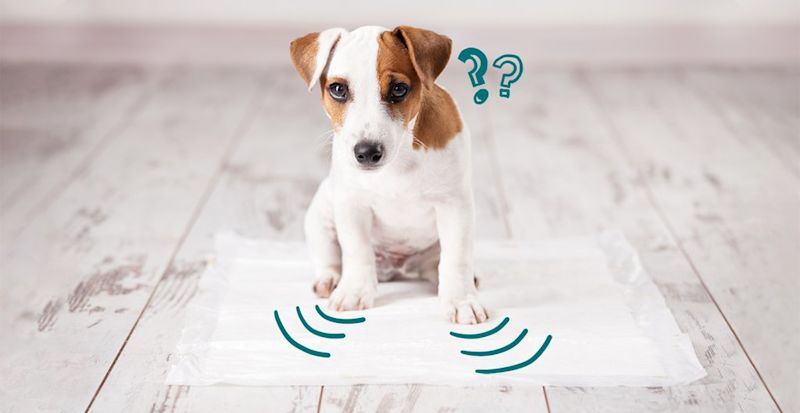
1. First things first: choose the perfect spot
Step 1: look for a good ‘toilet’ location where your dog can be safe and quiet.
Step 2: place yourself once again in your pup’s world. The quiet lawn opposite your house seems an ideal place for you - particularly as other dogs use it too. But, remember, all those scents of other dogs could distract your puppy, and even be a threat to him. Perhaps your garden - which he knows well after a few days - is a better place?
Step 3: see if your puppy can walk independently to his spot. Many puppies don’t like being picked up all the time. So if you can make sure he can walk to his place quickly, you are one step ahead.
2. Time for a pee-break?
Life would be a lot easier if your puppy could pee on demand. Unfortunately, the reality is very different. Nevertheless, there are some times during the day that your puppy has to go:
After eating, drinking, sleeping & playing. With young puppies, you’ll want to go for a pee-break every half hour during the day (unless you have an abundance of dishcloths 😉).
If your puppy is restless or walking around, hedge your bets and show him the way to his toilet.
Puppies often have to meet their needs during the night. When he wakes up, is restless or barks, it is wise to pay attention.
Bonus tip: by feeding him at regular times, you can better estimate when he has to go.
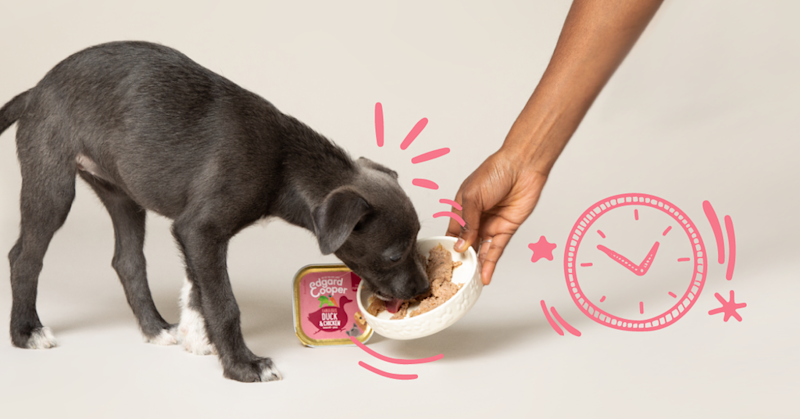
3. Time for a reward?
Your puppy has arrived at his destination. The best thing to do now is stand still and wait for him to finish the job. Is he done? Let him know you’re pleased with a friendly word or say it with our tasty pocket bites! Now he understands what to do next time too. 😉
Your puppy needs help to understand the concept of house-training. It’s a complicated process, and he will definitely make mistakes. Punishment makes no sense because this makes your puppy insecure and doesn’t help the learning process. If he’s having lots of accidents, it’s a good idea to review your approach and consider why things are going wrong. Health ailments such as abdominal pain, diarrhea and urinary tract infections can make the learning process more difficult. Stress and anxiety can also stand in the way. In short: for smooth house-training, your puppy needs to be in good shape - both physically and mentally. Every puppy is unique, so some will learn faster than others. But remember, the more your pup struggles, the more it needs your help. With a big portion of patience, reliable routines and support from your side, your puppy will get there. Good luck!
About Edgard & Cooper

Joyful pet food
Eating is one of life’s simple joys, so why overcomplicate things? Unlike most other pet foods, we treat nature’s ingredients with respect and make food that’s naturally healthy and full of flavour.
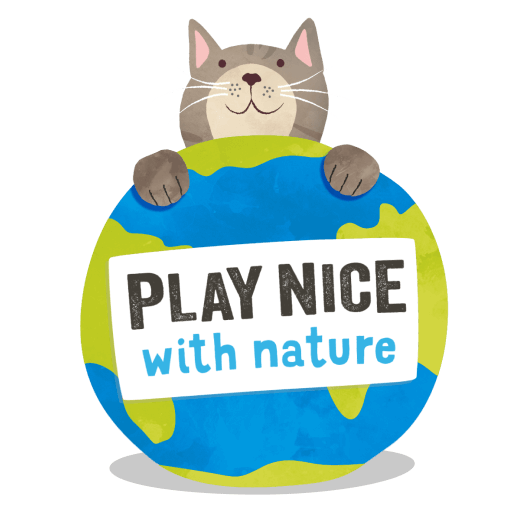
Play nice with nature
We’re on a mission to become the world’s most sustainable pet food. We love nature, so we pledge to make real, lasting change through our targets of zero carbon, fully sustainable packaging and ethically sourced ingredients.

Friends stick together
We donate 1% of our sales to the Edgard & Cooper Foundation, which works with charities that improve the lives of cats and dogs today, while protecting them tomorrow.

